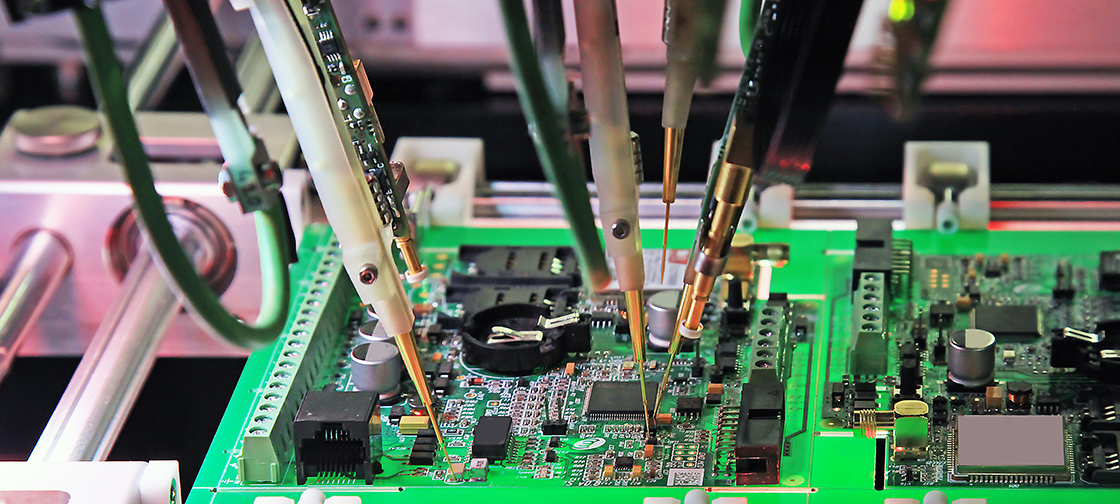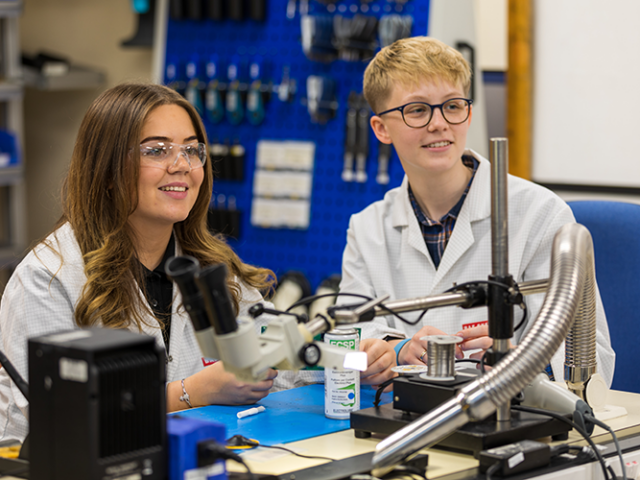In what could be a breakthrough for body sensor and navigation technologies, researchers at KTH have developed the smallest accelerometer yet reported, using the highly conductive nanomaterial, graphene.
Each passing day, nanotechnology and the potential for graphene material make new progress. The latest step forward is a tiny accelerometer made with graphene by an international research team involving KTH Royal Institute of Technology, RWTH Aachen University and Research Institute AMO GmbH, Aachen.
Among the conceivable applications are monitoring systems for cardiovascular diseases and ultra-sensitive wearable and portable motion-capture technologies.
For decades microelectromechanical systems (MEMS) have been the basis for new innovations in, for example, medical technology. Now these systems are starting to move to the next level – nano-electromechanical systems, or NEMS.
Xuge Fan, a researcher in the Department for Micro and Nanosystems at KTH, says that the unique material properties of graphene have enabled them to build these ultra-small accelerometers.
“Based on the surveys and comparisons we have made, we can say that this is the smallest reported electromechanical accelerometer in the world,” Fan says. The researchers reported their work in Nature Electronics.
The measure by which any conductor is judged is how easily, and speedily, electrons can move through it. On this point, together with its extraordinary mechanical strength, graphene is one of the most promising materials for a breathtaking array of applications in nano-electromechanical systems.
Credit: “World’s smallest accelerometer points to new era in wearables, gaming”, Peter Ardell/David Callahan, KTH Royal Institute of Technology




